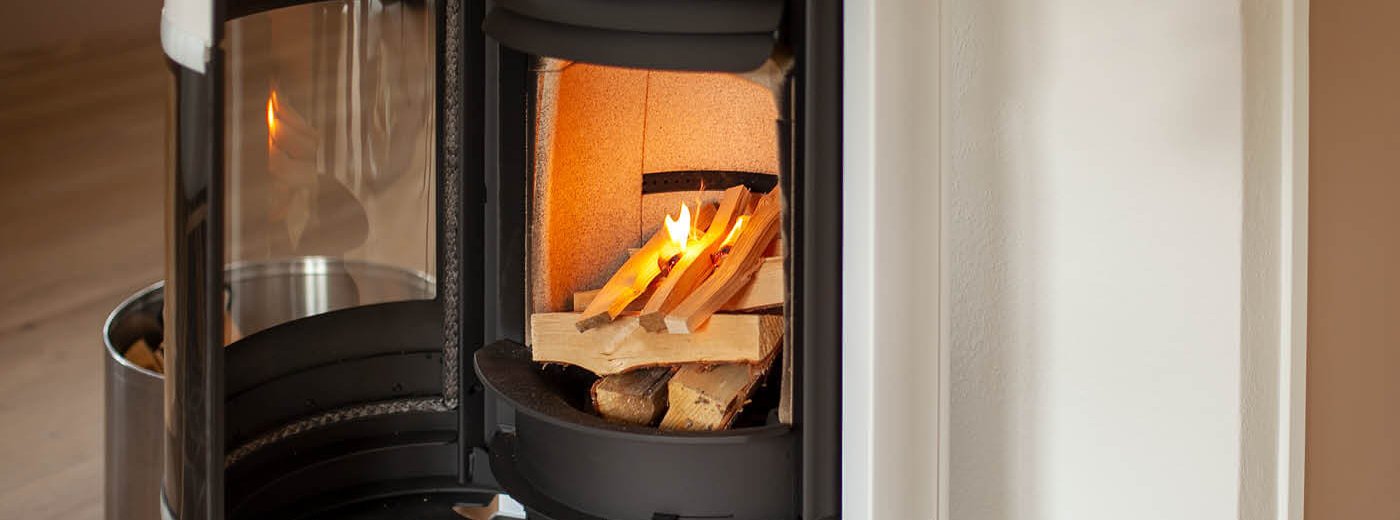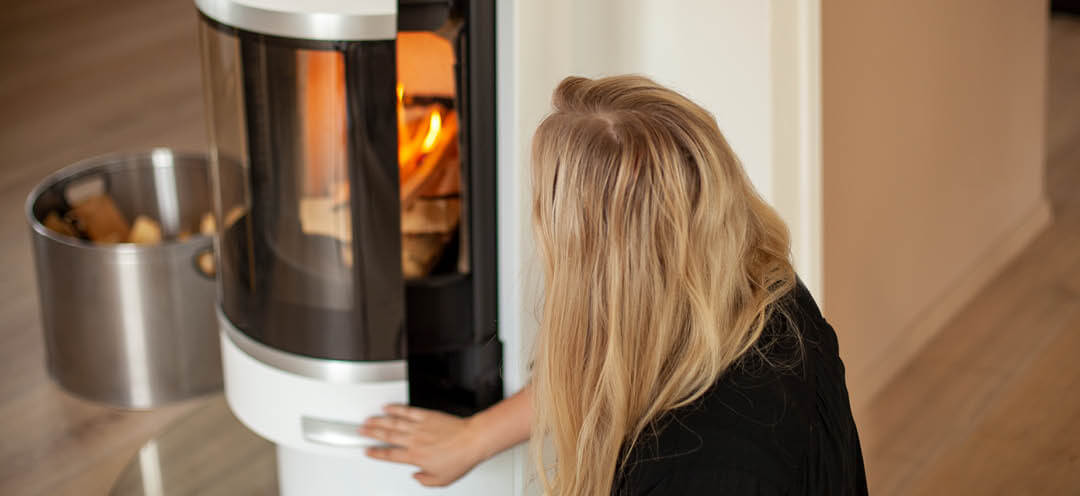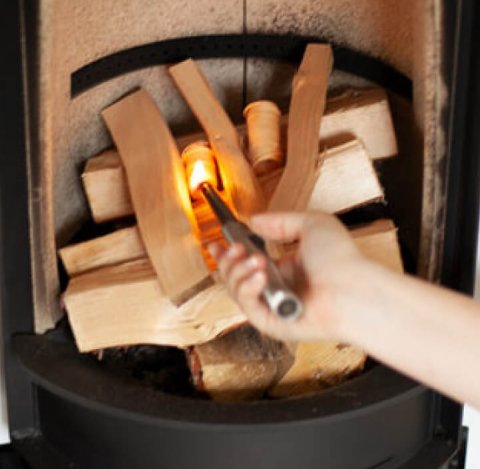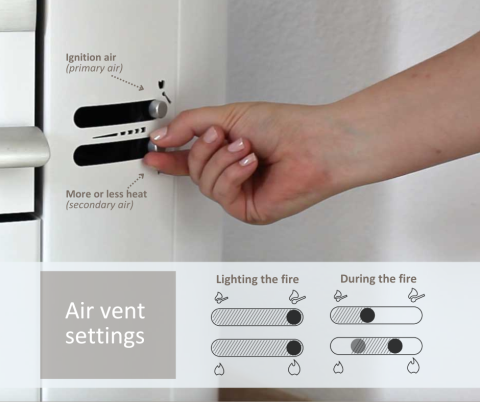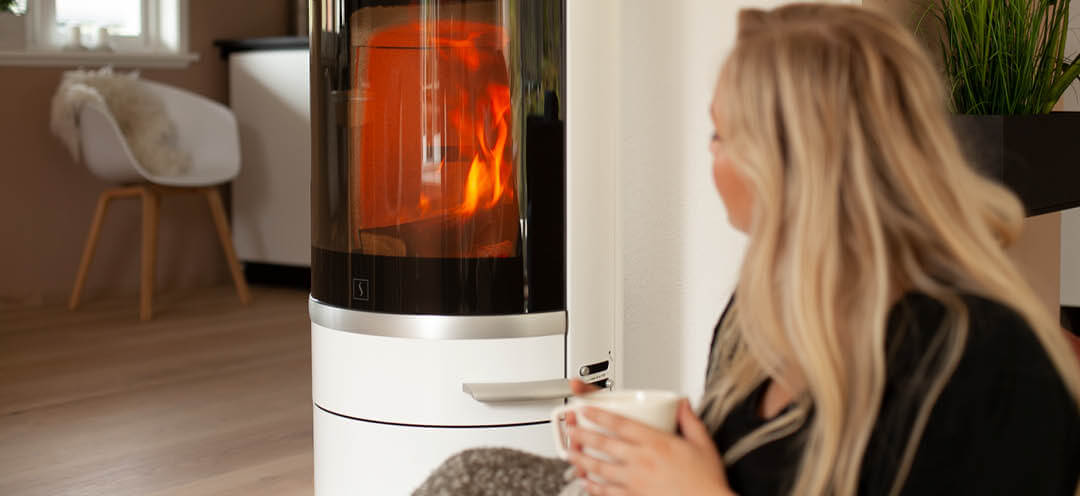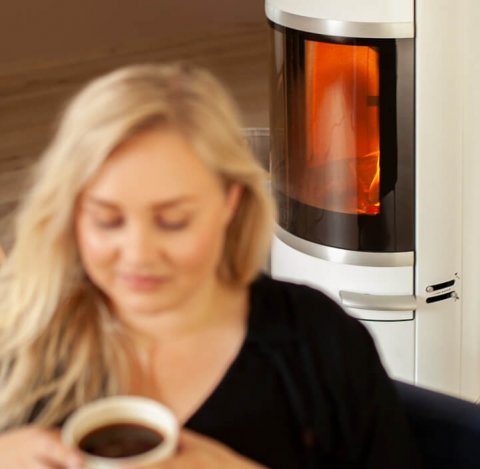How to light a fire in your fireplace
Burning wood may seem difficult, but if you follow this step-by-step guide, we’ll teach you the tricks that’ll make lighting your wood stove or fireplace a dream.
Burning wood may seem difficult, but if you follow this step-by-step guide, we’ll teach you the tricks that’ll make lighting your wood stove or fireplace a dream.
Not everyone knows that there are different methods of lighting a fire in a fireplace or wood stove. The old-fashioned way, that many people learned in their childhood, is to build the fire from some logs and light paper or firelighters at the bottom.
A far more effective method is the “Top-down” or “Swiss method”, where you stack logs of different sizes upwards with increasingly smaller logs and light the top of the pile. This emits less soot and particles, provides better ventilation, and makes the same amount of wood stretch further. The stove reaches its operating temperature faster (nominal power), and the gases are combusted more efficiently.
Most wood-burning stoves and fireplaces from Scan have two air vents. One for primary air (ignition air) and one for secondary air (draught). These may be located in slightly different places on different models, but the principle for lighting and maintaining the fire is the same.
If you have negative pressure in your home, it is important to make sure your home has enough air supply to ensure that your wood stove has sufficient oxygen for combustion. A kitchen fan and extractor that remove air from your home can reduce the draft needed inside the chimney pipe during ignition.
Lighting it from the top produces faster heat, a better draft in the stovepipe and chimney, more oxygen for the flames and a higher temperature. The flames at the top heat up the logs further down in the fire. Slow ignition and low temperature increase particulate, which we want to avoid.
Put in a quantity of wood equivalent to 25% of the volume in the burning chamber. This allows you to quickly achieve high enough temperatures in the combustion zone so that the polluting gases and particulates are completely burned away. This also helps avoid a layer of soot on the stove glass.
Are you struggling with soot on the glass of your wood stove or fireplace? Then you may simply be being too cautious with your fires. We show you why and how you can wash away soot from your fireplace window:
This might sound obvious, but many people use wood that is not dry enough to burn. Dry wood is preferable for many reasons; damp wood doesn't just burn poorly, but it also emits less warmth as more energy is used for evaporation instead of heating up the room.
If you want to know more about how you can easily find out whether your wood is dry enough, we have put together some tips here:
With a clean burning stove with modern burning technology, your firewood will be utilized better, achieving up to double the heat for your home. This also saves you money and your wood stove or fireplace will use less wood to heat up.
If all old wood stoves are replaced by new clean burn stoves, and if they are used as instructed in the user manual, the contribution to total particle emissions will be radically reduced. By choosing a clean burning stove, you are helping to reduce particulate emissions by up to 80%.
Meanwhile, you can cozy up by your wood stove secure in the knowledge that you’re enjoying the warmth of an energy smart and sustainable wood stove.
